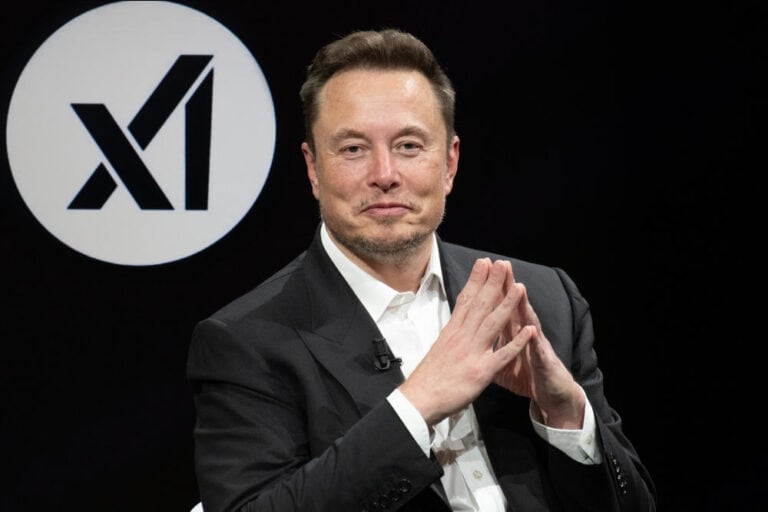Elon Musk’s AI company, xAI, launched its latest AI model, Grok 3. The company also unveiled new features for Grok iOS and web apps.
Grok, xAI’s answer to models such as OpenAI’s GPT-4o and Google’s Gemini, can analyze images and answer questions. It also supports several features on Musk’s social network, X. Grok 3, which has been in development for several months, was scheduled for release in 2024 but missed that deadline, reports TechCrunch.
Vast training dataset
xAI used a massive data center in Memphis to train Grok 3. This features about 200,000 GPUs. In a post on X, Musk claimed that Grok 3 was developed with 10 times more computing power than its predecessor, Grok 2. And with a more comprehensive training dataset, which reportedly includes legal documents. Not all of Grok 3’s models and features are available yet. Some are still in beta. But the rollout has already begun.
According to Musk, Grok 3 is much more capable than Grok 2. According to him, it is about AI that seeks truth to the maximum, even if that truth sometimes goes against what is politically correct.
xAI claims that Grok 3 outperforms GPT-4o on benchmarks such as AIME (which evaluates a model’s performance on math questions) and GPQA (which tests models with PhD-level physics, biology, and chemistry problems). An early version of Grok 3 also scored highly in Chatbot Arena. According to xAI, this is a user-managed test that pits AI models against each other, and users vote on their favorite answers.
Two new reasoning models
Grok 3 is a family of models. A smaller version, Grok 3 mini, can respond faster to queries but sacrifices accuracy. Two models in the Grok 3 family, Grok 3 Reasoning and Grok 3 mini Reasoning, can think through problems better. They are similar to reasoning models such as OpenAI’s o3-mini and DeepSeek’s R1. These models attempt to check their answers before they are given. This helps avoid common errors of AI models.
These reasoning models can be accessed through the Grok app. Users can ask Grok 3 to think, or they can turn on Big Brain mode, which uses extra computational power for more complex questions. According to xAI, the reasoning models are especially suitable for math, science, and programming questions.
Musk said some thoughts from the reasoning models are hidden in the Grok app to avoid distillation, a method by which AI developers can extract knowledge from other models. Recently, DeepSeek was accused of distilling OpenAI’s models to improve their AI.
New features and pricing plans
The reasoning models are the basis for a new feature in the Grok app called DeepSearch. This is xAI’s answer to AI-driven research tools like OpenAI’s deep research. DeepSearch scans the Internet and X to analyze information and provide a summary in response to a query.
Subscribers to X’s Premium+ tier ($50 per month) will be the first to get access to Grok 3. Other features will become available through a new subscription called SuperGrok. According to leaked information, SuperGrok costs $30 per month or $300 per year and offers additional reasoning and DeepSearch questions, plus unlimited image generation.
Musk said the Grok app is expected to get a voice mode within a week, giving Grok models a synthesized voice. A few weeks later, Grok 3 models will become available through xAI’s business API, along with DeepSearch functionality. xAI also plans to open-source Grok 2 in the coming months.
Political bias and controversies
When Musk announced Grok about two years ago, he presented the AI model as edgy, unfiltered, and anti-woke—an AI willing to answer controversial questions that other systems shy away from. To some extent, he has lived up to that. When the algorithm was asked to use coarse language, Grok and Grok 2 did so without hesitation, in contrast to AI models such as ChatGPT.
Still, previous Grok models remained cautious on political topics and did not cross certain boundaries. One study even found that Grok showed a left-wing political bias on topics such as transgender rights, diversity programs and inequality.
Musk attributed that bias to Grok’s training data – public Web pages – and promised to make Grok more politically neutral. It is still unclear whether xAI has achieved that goal and what the consequences will be.
